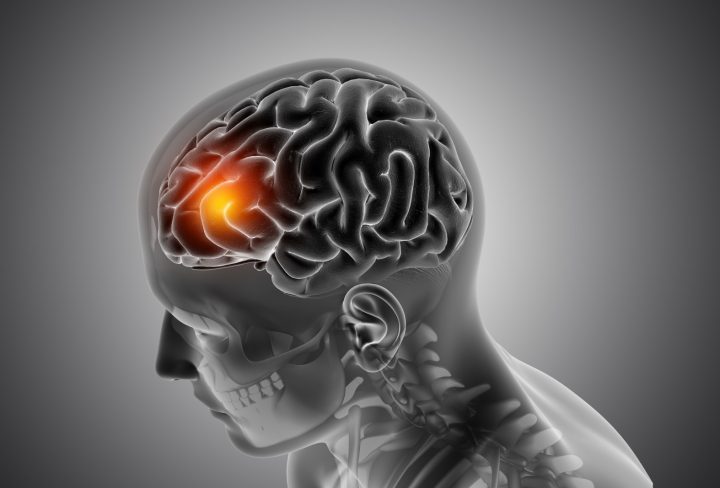Deep Brain Stimulation (DBS) stands as a remarkable testament to the advancements in medical science. This innovative therapy has transformed the lives of individuals grappling with various neurological disorders, offering new avenues of hope and relief. This article delves into the profound world of Deep Brain Stimulation, exploring its mechanism, applications, benefits, and transformative impact on patients’ lives.
Understanding Deep Brain Stimulation: A Breakthrough in Neurological Care
Deep Brain Stimulation involves the surgical implantation of a small device, often referred to as a “brain pacemaker,” into specific regions of the brain. This device emits controlled electrical impulses that regulate the abnormal brain activity responsible for neurological conditions.
The Mechanism Behind DBS: Fine-Tuning Neural Circuits
DBS works by modulating neural circuits through the delivery of electrical pulses. These pulses help restore the balance of brain activity, alleviating symptoms associated with neurological disorders. Precisely targeting brain regions ensures that only the specific areas responsible for the condition are affected, minimizing unwanted side effects.
Applications of Deep Brain Stimulation: Illuminating New Possibilities
- Parkinson’s Disease: DBS has revolutionized the management of Parkinson’s disease, reducing tremors, stiffness, and motor fluctuations. It allows patients to regain control over their movements and quality of life.
- Essential Tremor: Individuals with essential tremor experience uncontrollable shaking, affecting daily tasks. DBS effectively suppresses tremors, allowing individuals to regain functional independence.
- Dystonia: DBS relieves those battling dystonia, a condition characterized by involuntary muscle contractions. It eases muscle spasms, enabling improved mobility and comfort.
- Obsessive-Compulsive Disorder: DBS has shown promise in alleviating symptoms of severe obsessive-compulsive disorder (OCD) when conventional treatments prove inadequate.
Benefits of Deep Brain Stimulation: Transforming Lives
- Enhanced Quality of Life: DBS significantly improves symptoms, allowing patients to engage in daily activities without hindrance.
- Reduced Medication Dependency: For some conditions, DBS lessens the need for high doses of medication, reducing potential side effects.
- Tailored Treatment: DBS parameters can be adjusted to suit individual needs, ensuring optimal symptom control.
The DBS Procedure: A Step-by-Step Journey
- Patient Evaluation: Rigorous assessments determine the patient’s suitability for DBS and identify the target brain region.
- Surgical Implantation: A neurosurgeon places the device with the patient under local anesthesia, typically in the thalamus or subthalamic nucleus.
- Electrode Placement: Electrodes are carefully positioned in the targeted brain area.
- Device Activation: After recovery, the device is activated, and electrical settings are fine-tuned for optimal symptom control.
Patient Transformation Through Deep Brain Stimulation
DBS transcends the realm of medical treatment; it becomes a beacon of hope for patients who once grappled with debilitating neurological disorders. As technology advances and research deepens, the potential applications of DBS continue to expand, offering new solutions for those in need.
In conclusion, Deep Brain Stimulation stands as a testament to the ingenuity of medical science. Its transformative impact on patients’ lives redefines the boundaries of what is possible. As this therapy continues to evolve, it paves the way for a future where neurological disorders are met with unwavering hope and effective solutions.
SEO Keywords:
Deep Brain Stimulation (DBS), Neurological disorders treatment, Brain pacemaker, DBS mechanism, Parkinson’s disease management, Essential tremor relief, Dystonia treatment, obsessive-compulsive disorder and DBS, Benefits of DBS, Tailored treatment with DBS, DBS procedure steps, Patient transformation through DBS, Neurological disorder advancements, Future of DBS

